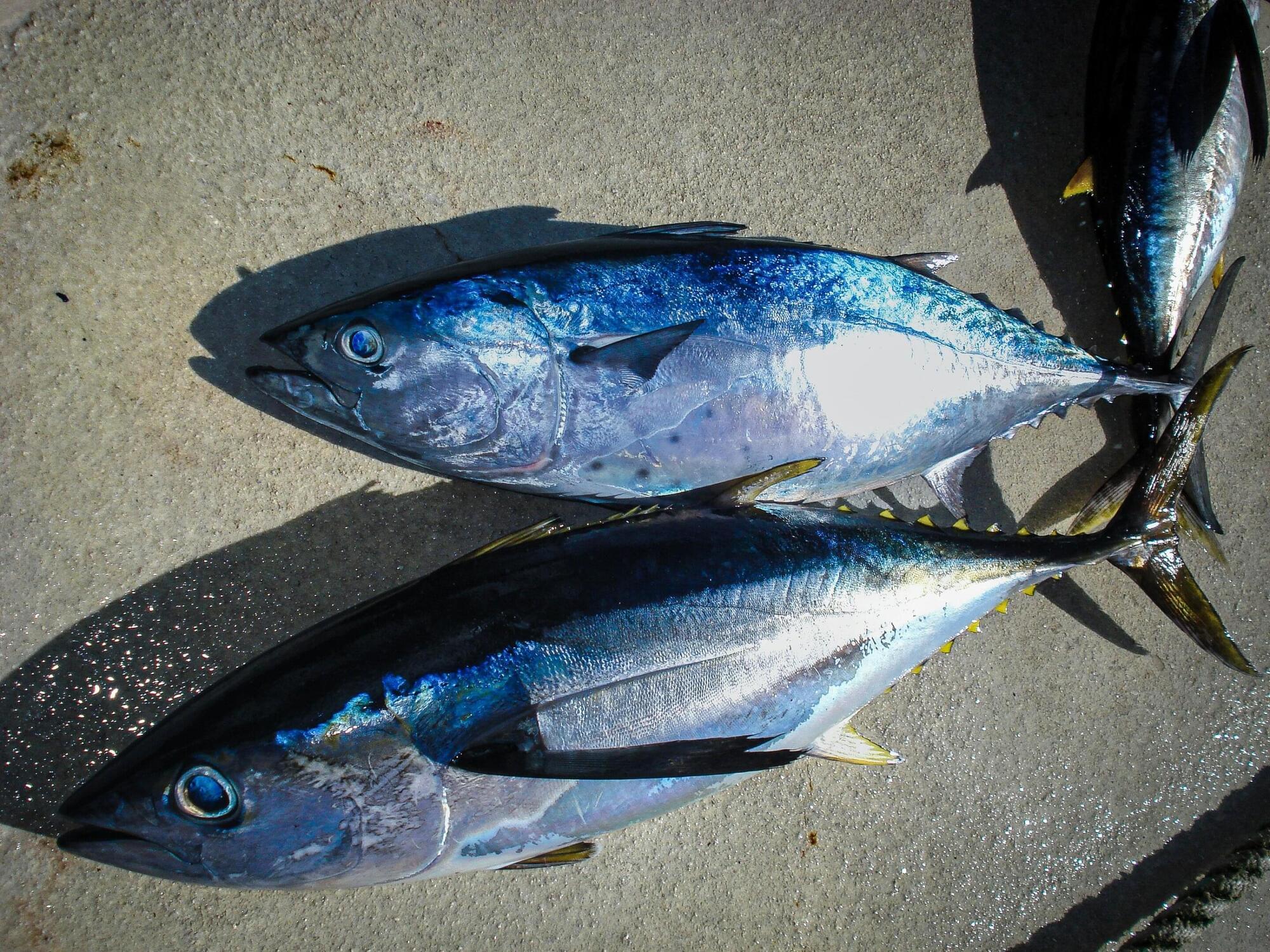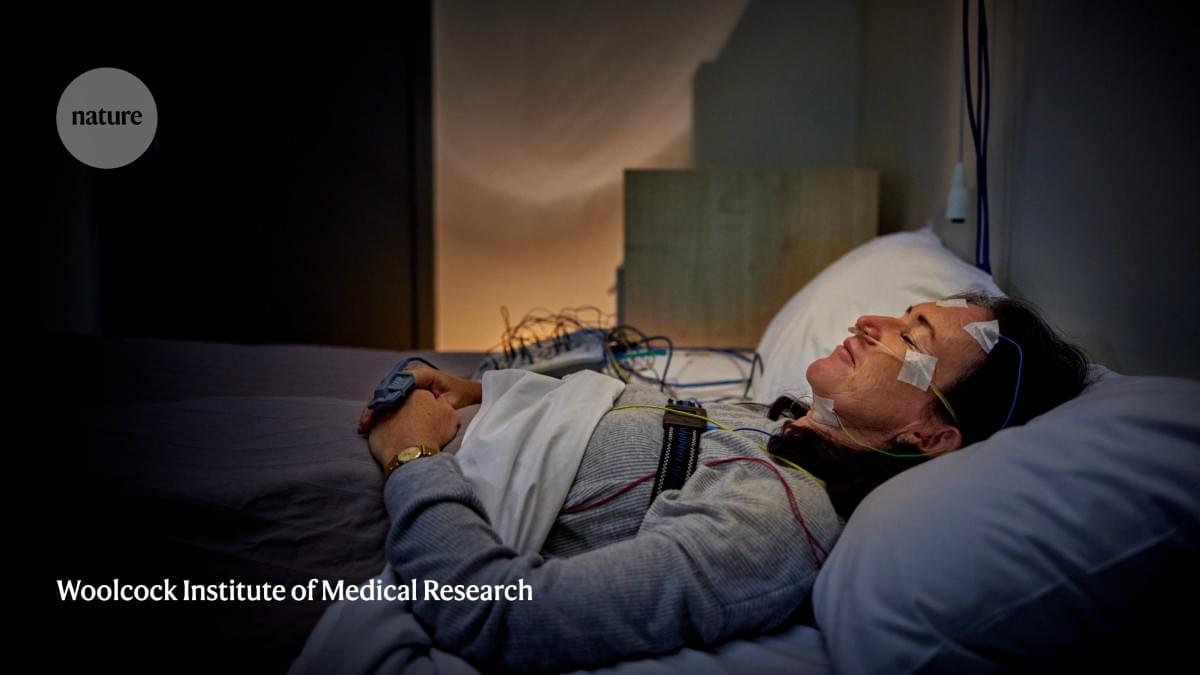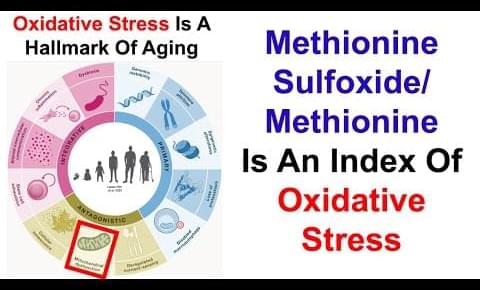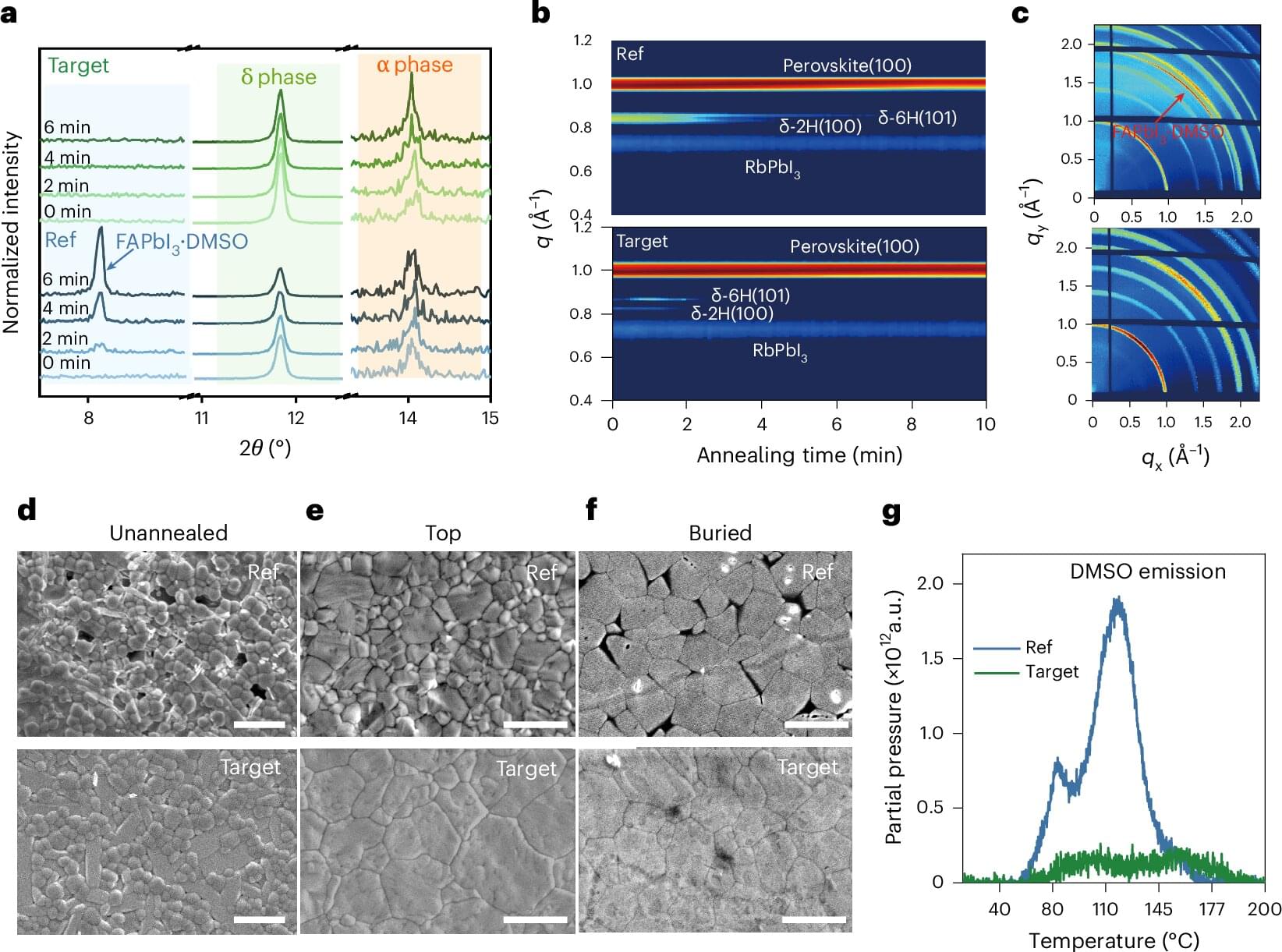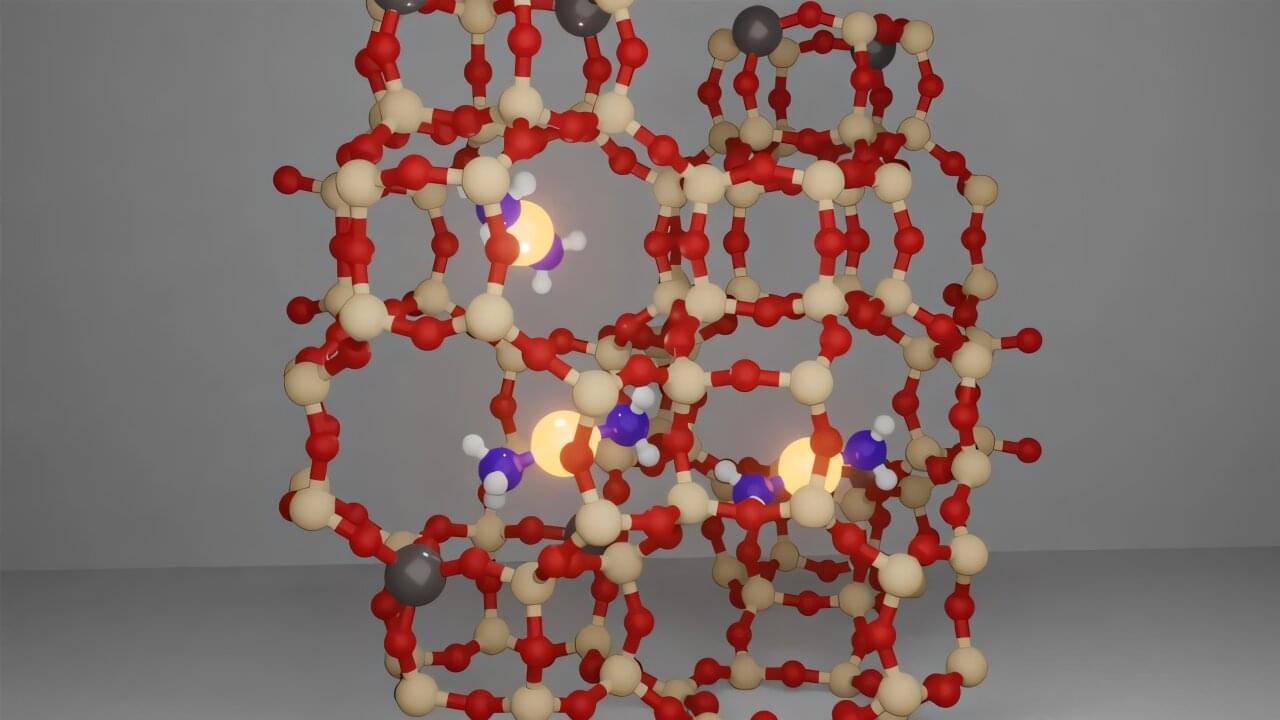An engineered gut microbe can detoxify methylmercury, reducing the amount that passes into the brain and developing fetuses of mice fed a diet rich in fish, UCLA and UC San Diego’s Scripps Institution of Oceanography scientists have discovered.
“We envision the possibility that people could take a probiotic to offset the risk of consuming too much methylmercury, especially when pregnant,” said UCLA associate professor and director of the UCLA Goodman-Luskin Microbiome Center Elaine Hsiao, who is the senior author of a paper describing the research in the journal Cell Host & Microbe.
Mercury is a pollutant that enters water from several sources, the largest of which are human activities such as coal burning, artisanal gold mining and smelting, and wastes from consumer products. In the ocean, mercury transforms into a toxic form called methylmercury. It also biomagnifies, meaning that methylmercury concentrations in animal tissues increase up the food chain from algae-eaters to top predators like humans.
